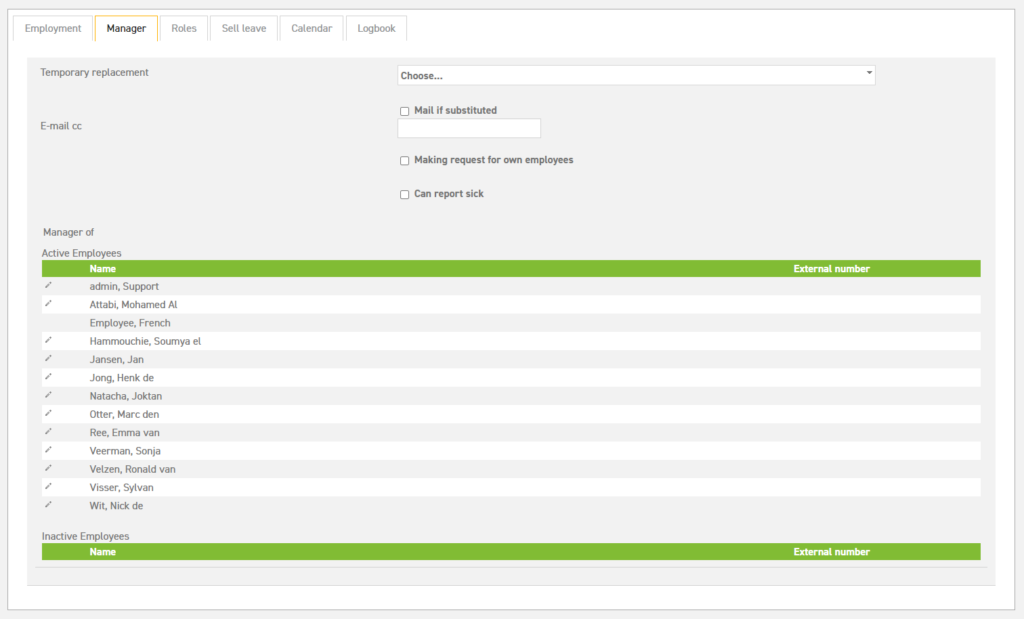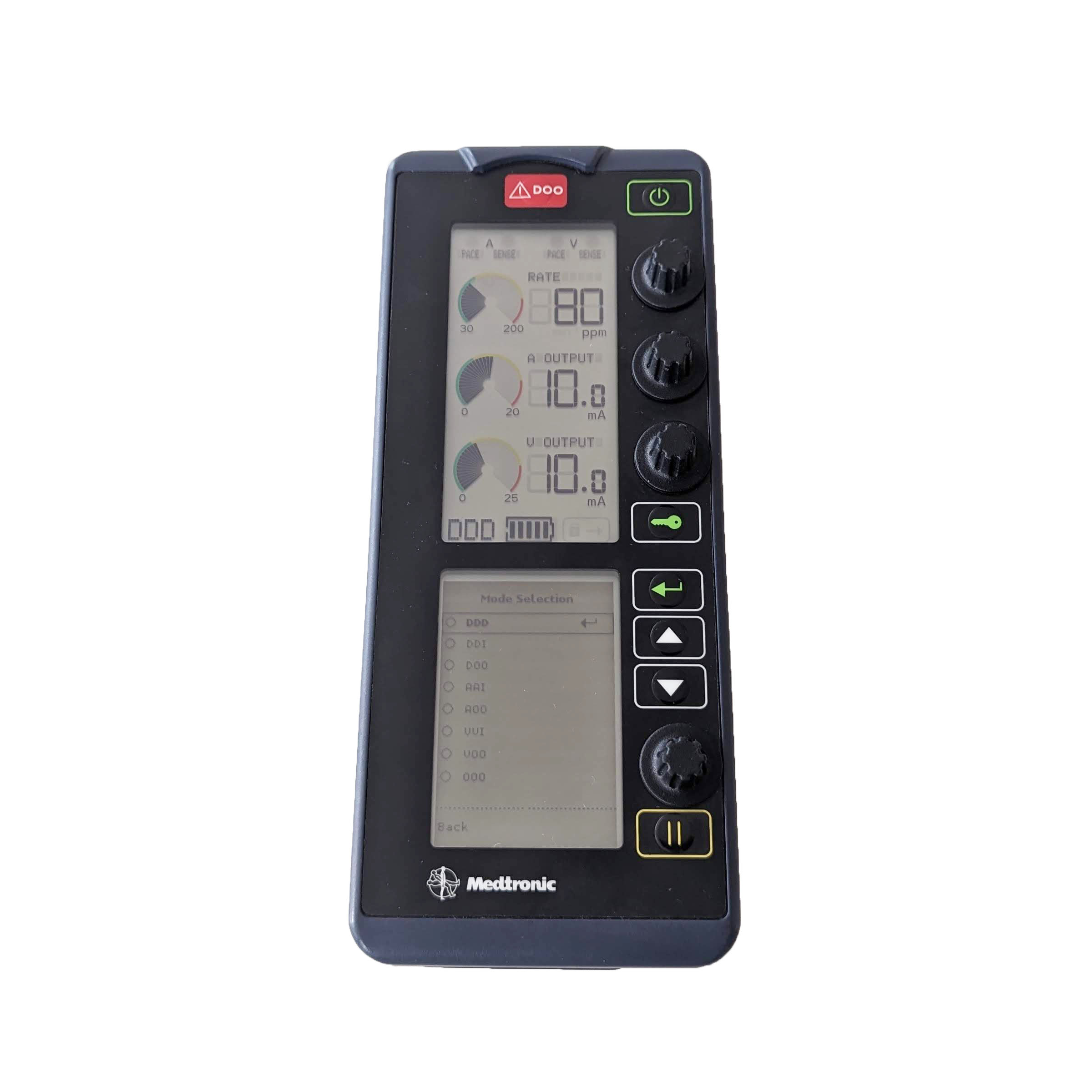Temporary Replacement 3: A Comprehensive Guide For Businesses And Individuals
Temporary replacement has become an essential solution for both businesses and individuals seeking flexibility in various aspects of their lives. Whether it's replacing employees, machinery, or services, the concept of temporary replacement offers a practical and cost-effective approach to addressing short-term needs. With the growing demand for adaptability, understanding the nuances of temporary replacement is more important than ever.
In this article, we will delve into the world of temporary replacement, exploring its applications, benefits, and challenges. From staffing solutions to equipment rentals, we will provide actionable insights to help you make informed decisions. Whether you're a business owner or an individual looking for temporary solutions, this guide is designed to equip you with everything you need to know.
By the end of this article, you will gain a deeper understanding of how temporary replacement can be leveraged to achieve your goals. Let's dive in and explore the possibilities this concept offers in today's dynamic world.
Read also:Gayle Cook Net Worth
Table of Contents
- What is Temporary Replacement?
- Types of Temporary Replacement
- Benefits of Temporary Replacement
- Challenges in Temporary Replacement
- Temporary Staffing Solutions
- Temporary Equipment Rentals
- Contractual Considerations
- Industry Applications of Temporary Replacement
- Long-Term Impact of Temporary Replacement
- Conclusion
What is Temporary Replacement?
Temporary replacement refers to the process of substituting a permanent resource with a temporary one to meet short-term needs. This concept is widely used in various industries, ranging from human resources to equipment rentals. The primary goal of temporary replacement is to ensure continuity and efficiency without committing to long-term solutions.
In today's fast-paced world, businesses and individuals often face situations where they need a quick fix. Temporary replacement offers a flexible solution that can be tailored to specific requirements, making it an attractive option for many.
Definition and Scope
The scope of temporary replacement extends beyond just staffing. It includes equipment, services, and even technology. For instance, a manufacturing company might need to replace a piece of machinery temporarily while it undergoes maintenance. Similarly, a business might require additional staff during peak seasons.
Types of Temporary Replacement
Temporary replacement can be categorized into several types, each serving a unique purpose. Understanding these categories can help you identify the best solution for your needs.
Staffing Solutions
Temporary staffing is one of the most common forms of replacement. It involves hiring employees on a short-term basis to fill gaps in the workforce. This type of replacement is ideal for businesses that experience seasonal fluctuations or unexpected absences.
Equipment Rentals
Temporary equipment rentals are another popular option, especially in industries like construction and manufacturing. Renting equipment instead of purchasing it outright can save costs and provide flexibility when demand is unpredictable.
Read also:Zoe Renae The Rising Star Whos Taking The World By Storm
Service Substitution
In some cases, businesses may need to replace services temporarily. For example, a company might outsource customer service during a peak period to ensure quality support for its clients.
Benefits of Temporary Replacement
Temporary replacement offers numerous advantages that make it an attractive option for businesses and individuals alike. Below are some key benefits:
- Cost Efficiency: Temporary solutions often come with lower costs compared to permanent ones.
- Flexibility: They allow for quick adjustments based on changing needs.
- Improved Productivity: By filling gaps in resources, temporary replacements can enhance overall productivity.
- Reduced Risk: Temporary solutions minimize the risks associated with long-term commitments.
Challenges in Temporary Replacement
While temporary replacement offers many benefits, it also comes with its own set of challenges. Some of these challenges include:
Quality Assurance
Ensuring the quality of temporary resources can be a challenge. For instance, temporary staff may not be as familiar with company processes as permanent employees, which can impact performance.
Integration
Integrating temporary resources into existing systems can be difficult. Proper planning and communication are essential to ensure a smooth transition.
Cost Management
Although temporary solutions are generally cost-effective, unexpected expenses can arise if not managed properly. It's important to have a clear budget and contingency plan in place.
Temporary Staffing Solutions
Temporary staffing is a critical component of workforce management. It allows businesses to adapt to changing demands without overcommitting to long-term hires. Below are some key aspects of temporary staffing:
Recruitment Process
The recruitment process for temporary staff differs from that of permanent employees. It focuses on quick assessments and skill matching to ensure the right candidates are selected within a short timeframe.
Retention Strategies
While temporary staff may not stay long, retention strategies can still play a role in maintaining a positive work environment. Offering incentives and recognition can improve morale and productivity.
Temporary Equipment Rentals
Temporary equipment rentals are a cost-effective way to meet short-term needs. They are particularly useful in industries where equipment is expensive and not always required. Below are some considerations when renting equipment:
Selection Criteria
Selecting the right equipment involves evaluating factors such as specifications, availability, and cost. It's important to work with reputable rental companies to ensure quality and reliability.
Maintenance and Safety
Maintaining rented equipment and ensuring safety is a shared responsibility between the renter and the rental company. Proper documentation and regular inspections are essential to avoid potential issues.
Contractual Considerations
When engaging in temporary replacement, it's crucial to have clear contractual agreements in place. These agreements should outline the terms and conditions of the arrangement, including duration, responsibilities, and payment terms.
Legal Compliance
Ensuring compliance with local laws and regulations is essential when drafting contracts for temporary replacements. This includes labor laws for staffing solutions and safety regulations for equipment rentals.
Industry Applications of Temporary Replacement
Temporary replacement is used across various industries to address specific needs. Below are some examples:
Healthcare
In the healthcare sector, temporary staffing is often used to cover shifts during peak periods or to fill in for absent employees. This ensures continuity of care for patients.
Retail
Retail businesses frequently rely on temporary staff during holiday seasons to handle increased customer demand. This helps maintain service levels without overburdening permanent employees.
Long-Term Impact of Temporary Replacement
While temporary replacement is primarily a short-term solution, it can have long-term impacts on businesses and individuals. For businesses, it can lead to improved operational efficiency and cost savings. For individuals, it can provide valuable experience and networking opportunities.
However, it's important to balance temporary solutions with long-term strategies to ensure sustainable growth and development.
Conclusion
Temporary replacement offers a versatile and cost-effective solution for businesses and individuals seeking flexibility in their operations. By understanding the various types of temporary replacement and their applications, you can make informed decisions that align with your goals.
We encourage you to explore the possibilities of temporary replacement and consider how it can benefit your specific situation. Feel free to leave a comment or share this article with others who might find it useful. For more insights, explore our other articles on related topics.
Data and statistics in this article are sourced from reputable publications such as Statista and PwC, ensuring the reliability of the information provided.


